Standing with one foot in the west and one in the east at the Prime Meridian in Greenwich Park felt pretty special. I stood at the exact spot where the world’s time is measured, and honestly, it made me feel like I was smack in the center of everything. The line looks simple, but stepping across it connects you to a key point in global history.
The views from the top of the hill at Greenwich Park blew me away. I could see all of London spread out—historic buildings, those shiny glass towers of the financial district, everything.
There’s something about this place that just grabs you. If you’re into travel, science, or snapping great photos, the Prime Meridian is one of those must-see spots that’s both fun and a little bit mind-blowing.

Standing on the Prime Meridian: A Personal Travel Story
Greenwich Park gave me more than just great views; it felt like I was right where history, science, and geography cross paths. The Prime Meridian line, splitting east from west, really adds meaning to the visit and makes it stick in your memory.
Arriving at Greenwich Park
When I arrived early, ancient trees and neat paths greeted me. The path winds uphill, and with every step, the city’s noise faded away.
The Royal Observatory stood out at the top—red brick, the famous ball, easy to spot from a distance.
The park felt peaceful. I noticed locals with their dogs and tourists heading toward the main sights.
I paused to soak in the first panoramic view over London’s skyline. The Shard and Canary Wharf poked up above everything, and the Thames curved way below.
A handy sign showed what I was looking at, which made taking photos even more fun.
Signs made getting to the Observatory a breeze. My excitement grew as I got closer, knowing my “center of the world” moment was just ahead.

My “Center of the World” Experience
When I reached the Royal Observatory, I finally saw that famous silver line in the ground. This is the Prime Meridian, splitting the world in half.
I stood with one foot on each side. It felt weirdly important—almost surreal, honestly.
People around me paused for their own moments before stepping onto the line. Inspired, I took a second to just breathe it in before snapping a photo with my feet on either side of zero degrees longitude.
The spot is loaded with history. Signs and little exhibits explain how the Prime Meridian became the base for the world’s time zones.
If you love travel or geography, it’s a one-of-a-kind experience.

Capturing the Moment: Photos and Videos
You’ve got to take photos at the Prime Meridian. I made sure to get the classic “standing on the line” shot, then switched to wide-angle mode to fit in the Observatory, the line, and the skyline.
This is the perfect place for 360° panoramic images because the view just goes on and on.
Videos really bring it to life. I filmed a quick video, starting at my feet on the line, then panning up to the rooftop ball and out over London.
Sharing clips with friends made them feel like they were right there with me.
For the best lighting, I’d say go early or late in the day (here’s why). Fewer crowds mean you can get those “exclusive” shots without a bunch of people in the background.
And hey, don’t forget to look behind you—the view away from the line is just as good.

Greenwich Park and Stunning London Views
Every time I visit Greenwich Park, I feel like I’m standing right where history, nature, and city life collide. The hilltops give you this unbeatable view of London, especially from the Prime Meridian.
Every season brings its own vibe for photos and memories.
Best Spots for Panoramic London Vistas
One of my favorite viewpoints is just outside the Royal Observatory. From the top of the hill, I can spot landmarks like the Shard, St Paul’s Cathedral, and Canary Wharf stretched out across the city.
If I want perfect stock or editorial shots, I head for the wide lawns. Morning or late afternoon light casts these long, dramatic shadows that make everything look better.
The terrace outside the observatory is another must—bring a camera, because on clear days, every photo just pops.
Tip: Use Google Maps or the Royal Parks map to plan your route if you want to hit all the best photo spots. Benches along the paths give you a chance to sit and take it all in.
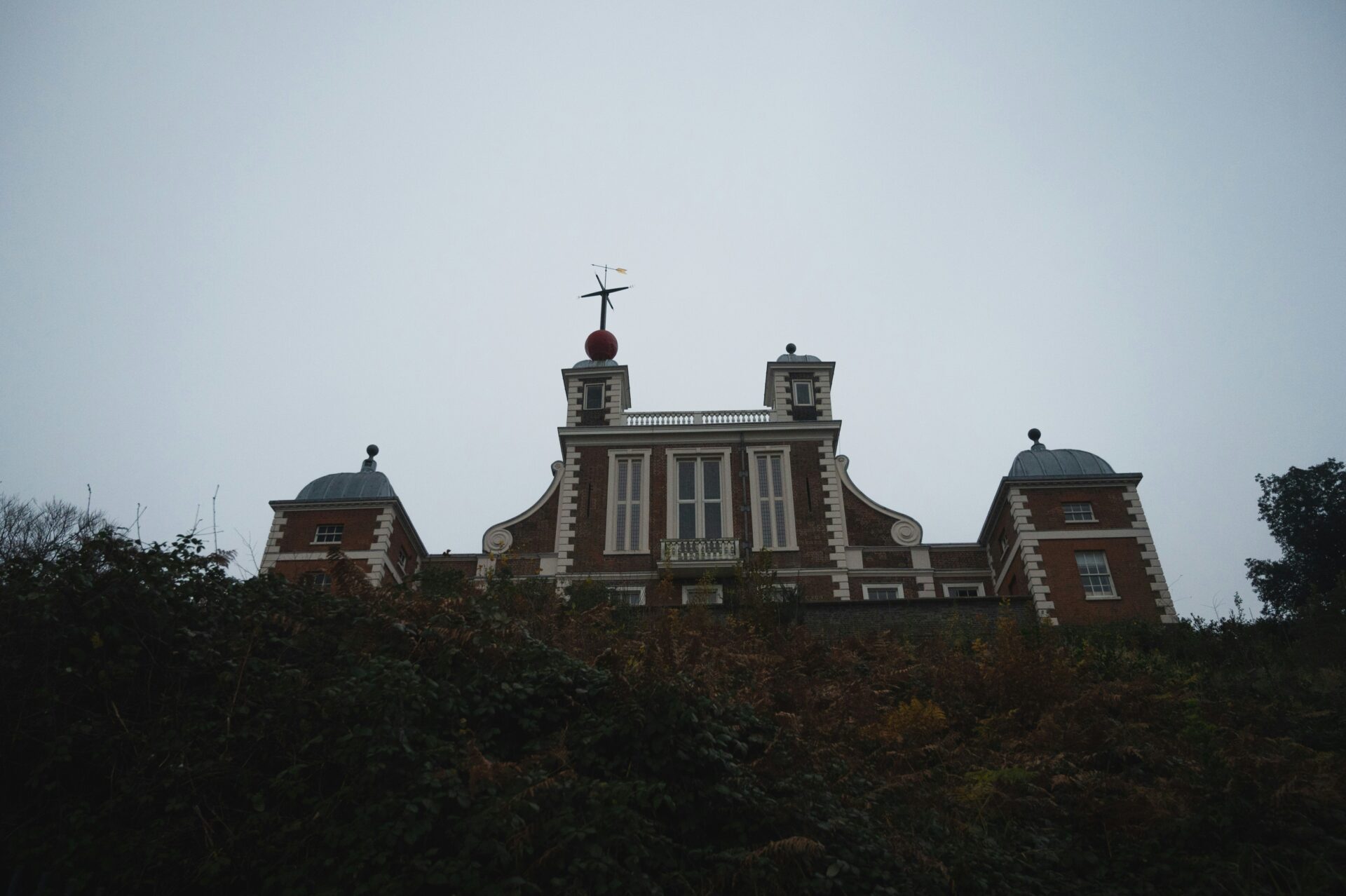
Seasonal Highlights: Summer, Autumn, and More
In summer, Greenwich Park bursts with color. The rose garden goes wild, and the whole place feels alive.
August brings bigger crowds, but the energy is honestly kind of fun, especially on weekends.
In autumn, especially October, golden leaves cover the paths and trees. The views turn dramatic, with warm colors that look amazing in photos.
May brings fresh greenery and milder weather—great for a peaceful stroll or a quiet picnic.
I like coming all year, since every month has its own mood for photos and memories. If you’re taking photos or just wandering, be ready for rain or chilly days in spring and fall—a light jacket never hurts.
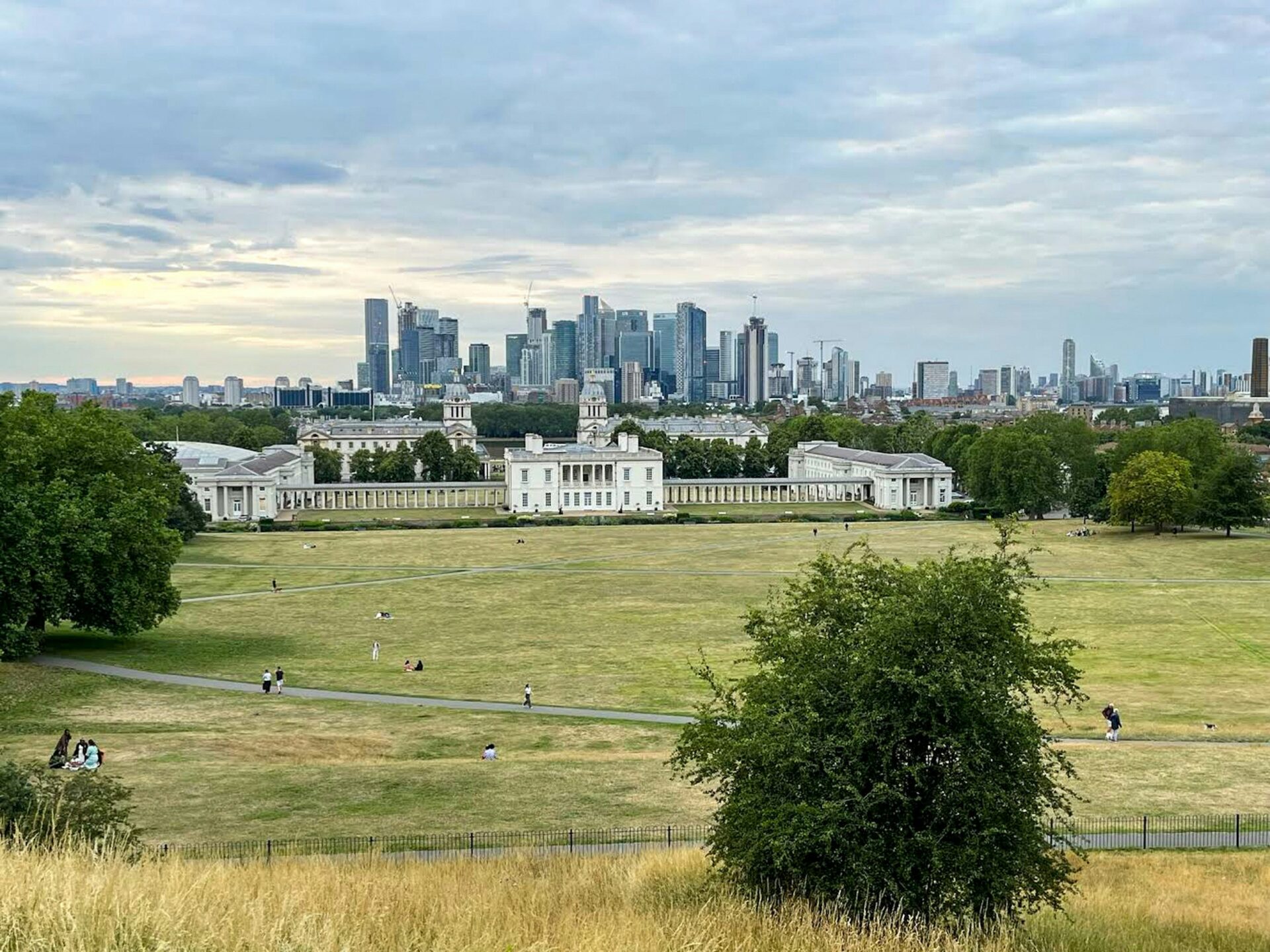
Editorial Tips for Memorable Visits
For editorial or stock photos, timing is everything. Early mornings have softer light, fewer people, and a calm city waking up.
Sunset brings gorgeous colors but bigger crowds, so I try to show up early for the best spot.
A wide-angle lens is my go-to for cityscapes, and I pack a zoom for picking out details along the Thames or skyline. Neutral clothes keep me comfy if I end up in a shot.
If you want people in your photos, summer weekends are lively. For clear landscapes, try weekdays in May or October.
Here’s what I always try to remember:
- Arrive early or late for the best light.
- Check the weather before you go.
- Use apps or maps to find your favorite viewpoints.
- Pack sunscreen or a jacket depending on the month.
- Bring water and snacks, especially in summer.
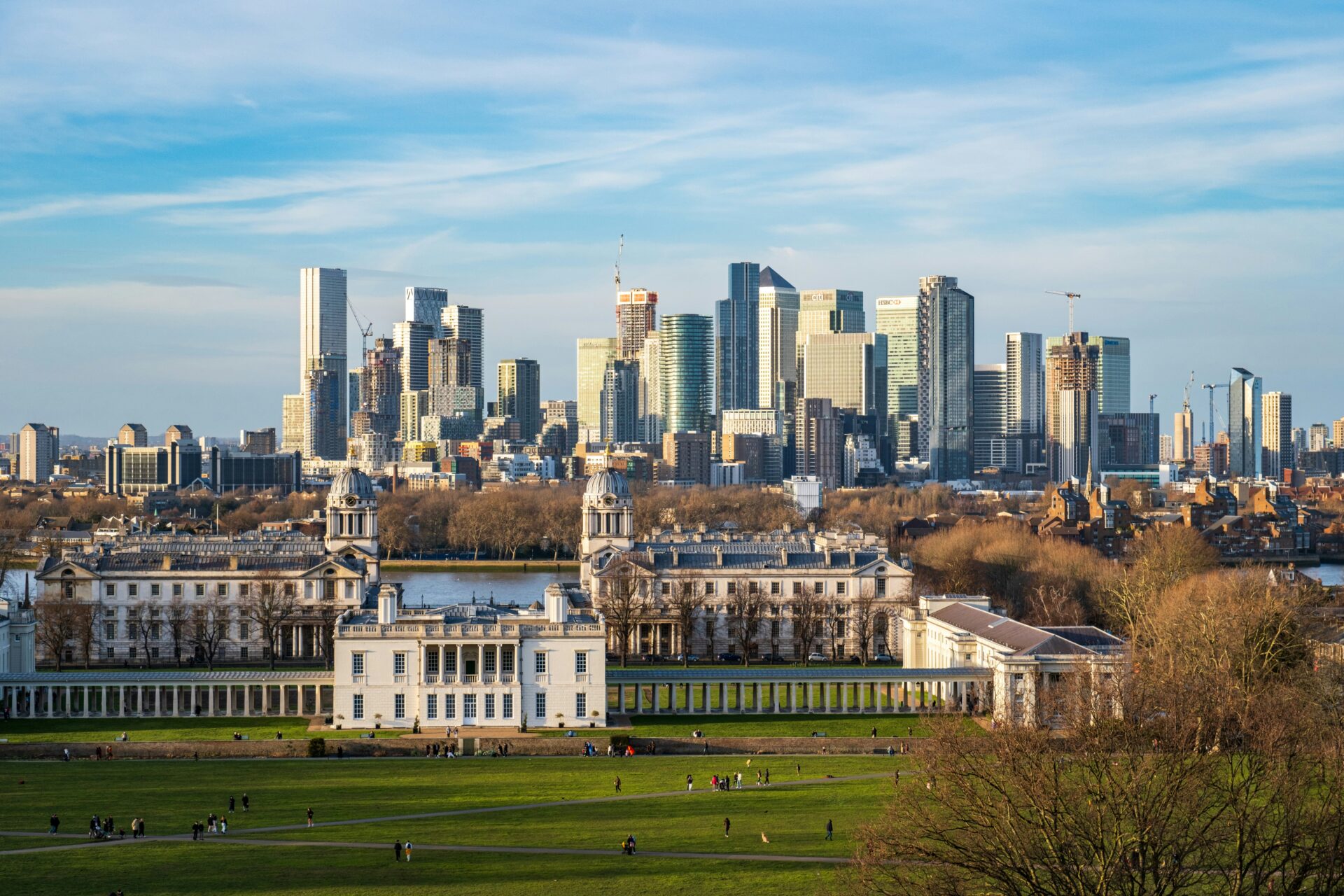
Map and Navigation Guide
Getting to Greenwich Park is actually pretty easy using public transport. The DLR stops at Cutty Sark, and from there it’s just a short uphill walk.
Bus routes and Thames Clipper riverboats are good options too.
I like to download an offline map before I go, since cell service gets spotty in parts of the park. The Royal Parks website has a printable map with all the main gates, paths, restrooms, and the Prime Meridian Line.
Signs inside the park help me stay on track. I still check Google Maps to plan my route, especially if I want to visit certain gardens or skip the steepest paths.
Main entrances have big maps, so I stop and double-check before wandering off. There’s a visitors’ center near the observatory for more info and free paper maps.

The Prime Meridian Line: Where Time Begins
Standing at the Prime Meridian in Greenwich Park, I stared at a line that’s changed how we measure time and space. It’s not just a photo spot—it connects history, technology, and even the physics of the universe.
History and Philosophy of the Prime Meridian
Back in the late 1800s, scientists met in Washington, D.C. to fix a big problem: everyone used different starting points for longitude and time. They finally agreed on the Prime Meridian in Greenwich, London, making it the official 0° longitude.
Walking along the line, I thought about early mapmakers and explorers who struggled to agree on global navigation. The line at Greenwich is more than a marker—it’s a symbol of shared understanding across countries.
Philosophy and science really came together here, changing how we think about being “in the center” or marking the world’s edges.
When I stood on the line, I imagined sailors, scientists, and travelers using these standards to sync their maps and journeys. The Prime Meridian reminds me that where we choose to “begin” matters in geography and in life.

Synchrony and Timekeeping Technologies
Crossing the Prime Meridian, I realized how much technology and timekeeping have changed. Fast trains and the telegraph made it obvious we needed to standardize time zones (here’s more).
Before Greenwich, clocks showed “local time,” so towns could be minutes or hours apart. With Greenwich Mean Time (GMT), everyone finally had a single reference point.
This kept trains and trade running smoothly.
Today, digital devices and satellites rely on exact synchrony. My phone gets its time from atomic clocks that trace back to the standards set at Greenwich.
The site isn’t just a museum of old clocks; it’s a living link to how we all keep in sync, whether we’re at home or halfway around the world.

Relativity, Einstein, and the Science of Longitude
Standing on the line, I felt amazed that a simple strip of metal connects to deep physics. The Prime Meridian is about geography and navigation, but it also ties into Einstein’s theory of relativity.
Before Einstein, everyone thought time was the same everywhere.
Relativity showed that time can shift depending on speed and gravity. Modern tech—like GPS—needs corrections from relativity or it’d drift by kilometers every day.
I thought about the Journal for the History of Astronomy, Volume 1, and how it might have covered that leap from old clocks to Einstein’s ideas.
Being at Greenwich made me feel part of that wild journey from explorers to modern physics. The Prime Meridian isn’t just a line—it’s part of a story that keeps unfolding every time we check a clock or look at a map.
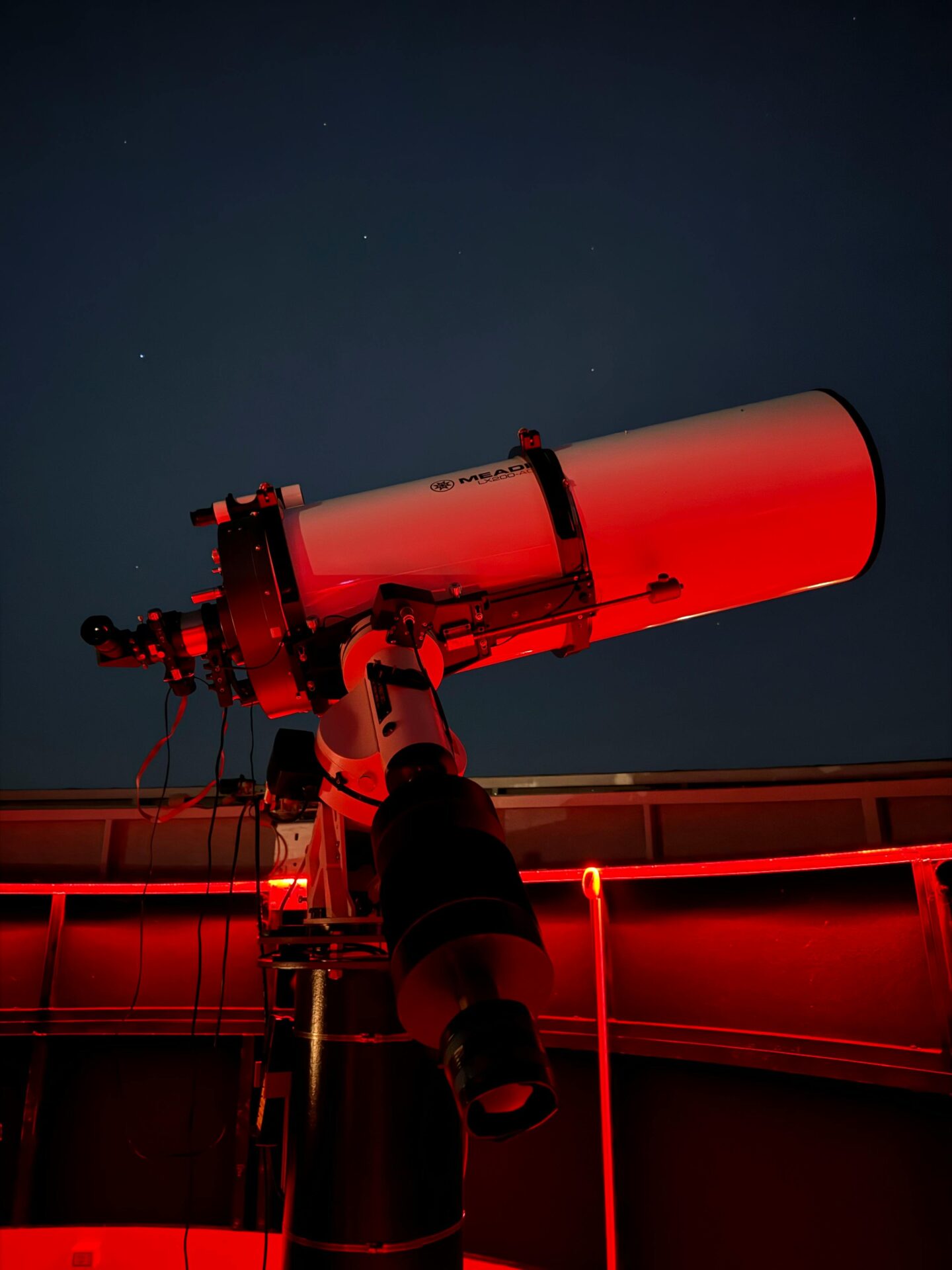
A Year at the Meridian: Visiting in Different Months
Standing on the Prime Meridian is unique in any season. Each part of the year in Greenwich Park has its own vibe—from quiet winter mornings to lively summer days and those crazy autumn colors.
January to March: Winter Serenity
In winter, Greenwich Park feels peaceful and still. Cold air and bare trees make the walk to the Royal Observatory crisp and refreshing.
Some mornings, frost covers the lawns, and sunrise comes late, painting the sky with soft pink and orange.
January and February mean fewer tourists, so I could stand on the Prime Meridian Line without waiting. I had space to take my time, snap photos, and enjoy the view across the Thames.
On clear days, I spotted The Shard and Canary Wharf poking through winter mist. Some attractions close earlier in winter, but I actually like the calm for slow walks and just thinking.
February sometimes brings a few Valentine’s visitors, but most days feel wonderfully still.
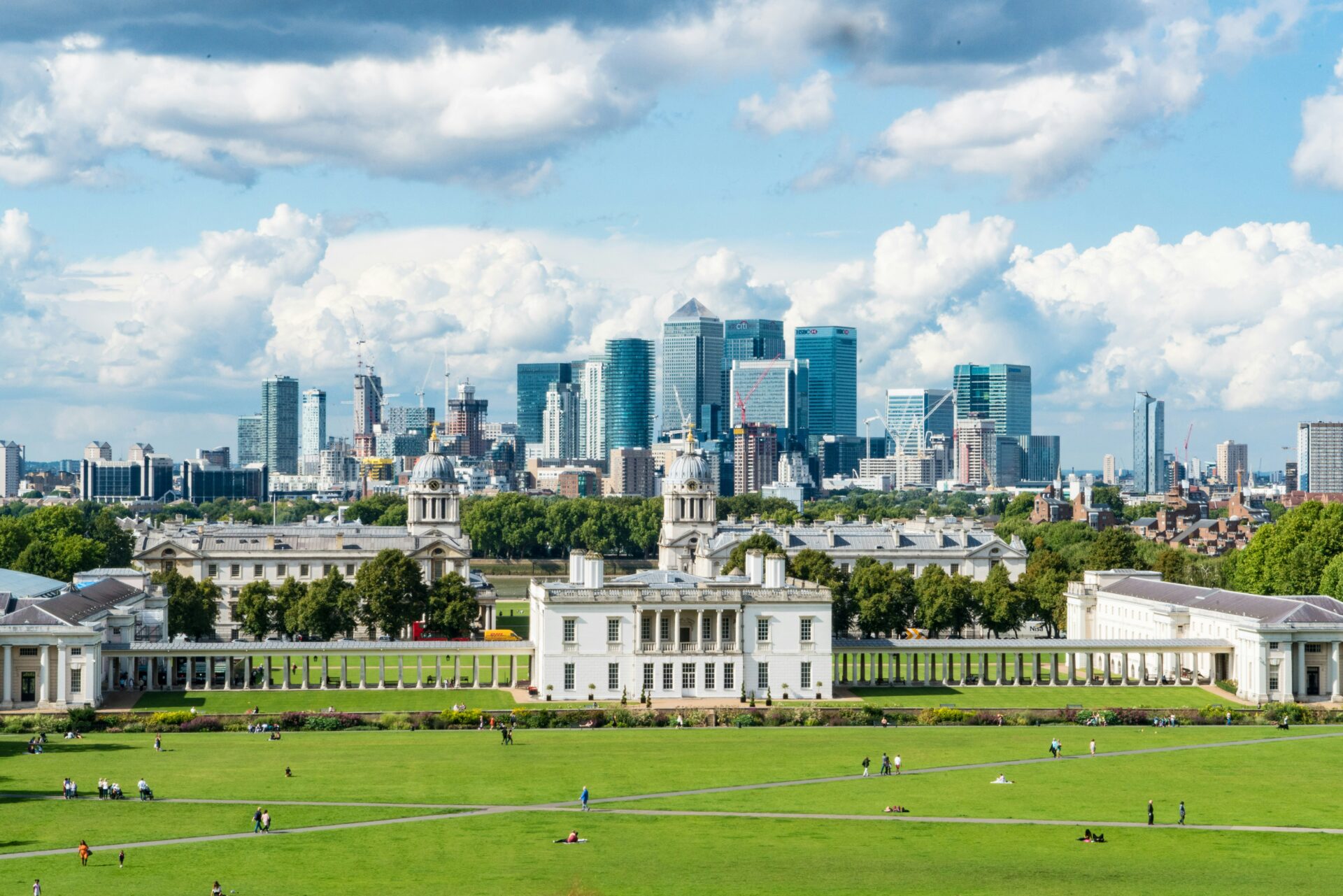
June: Graduation and Summer Celebrations
June flips the park into full-on summer mode. Trees turn into green canopies, and flowers line the paths, making the climb up the hill a treat.
The weather gets warm—perfect for picnics on the grass.
Graduation season starts, especially for local universities like the University of Greenwich. I saw proud graduates in gowns, families snapping photos, and balloons everywhere.
The energy is contagious.
Summer events and festivals pop up in Greenwich this month. On weekends, I find musicians, food stalls, and open-air performances.
Crowds flock to the Prime Meridian Line for group photos and celebrations. Long daylight hours let me hang out and watch golden hour views over London.

September to November: Autumn Colors and Events
By September, the park transforms yet again. Leaves turn gold and red, piling up in crunchy layers along the paths.
Cool breezes come back, but honestly, you still get plenty of sunny days. I find those walks up the hill especially comfortable this time of year.
November rolls in, and with it, holiday lights start to pop up all over Greenwich town. Sometimes you’ll catch a bonfire night, which keeps local traditions alive.
The air fills with the scent of roasted chestnuts and damp earth. When I visit in autumn, I love how the Prime Meridian Line cuts through a sea of fiery trees.
Summer crowds fade away, but the event calendar stays lively. I’ve stumbled across art fairs, historical reenactments, and seasonal markets.
Standing on the line, I soak up the autumn atmosphere before ducking into a cozy café for tea.
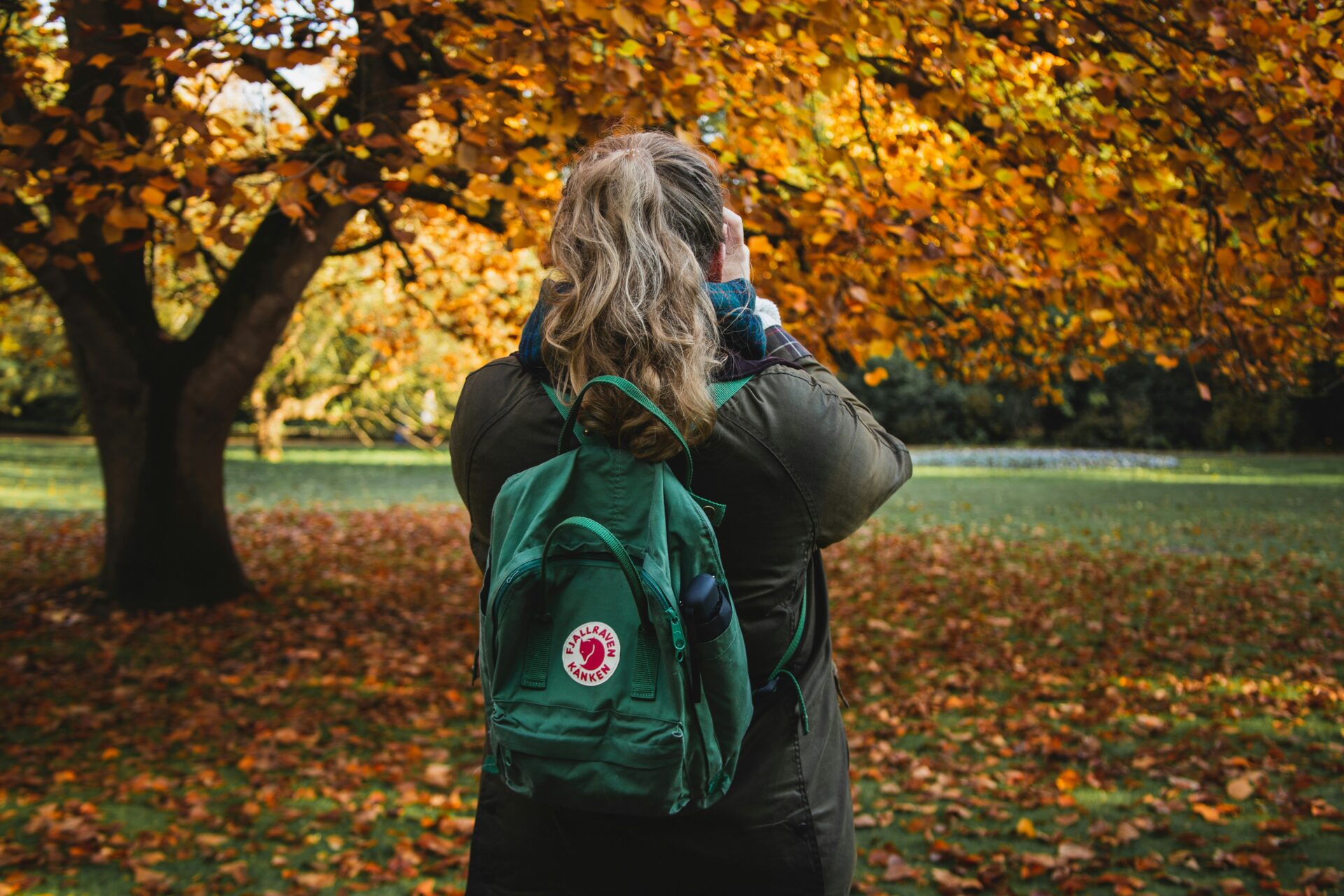
The Global Impact of Greenwich: From Commerce to Culture
Standing on the Prime Meridian feels like more than just a photo op—it’s a spot that shaped international business, travel, and even my own sense of time. Greenwich’s history stretches across continents, from the British Empire’s trade routes to the energy of New York City.
Greenwich and World Trade: A Legacy
Greenwich made its name during Britain’s trading heyday. Ships relied on Greenwich Mean Time (GMT) to cross oceans and figure out exactly where they were.
The Royal Observatory in Greenwich gave shipping companies a vital tool. With accurate timekeeping, sailors avoided costly mistakes and kept both lives and cargo safer.
Ports everywhere—from London’s docks to New York—followed the standards set at Greenwich. This link between time and navigation made global commerce more dependable.
Walking through Greenwich Park, I can almost picture ships setting their chronometers before heading across the Atlantic. Their fate really did hang on this small patch of London.
Today, you’ll find artifacts from those days at the Royal Observatory, like the famous Harrison chronometers. If you’re into history or stories about daring voyages, these displays really make the past feel close.

Trains, Maps, and the Birth of Global Standard Time
Greenwich didn’t just help sailors; it set the pace for trains and the modern world too. In the 19th century, train schedules turned into chaos because every city kept its own local time.
Running a railway got tricky fast. In 1884, experts from 25 countries chose Greenwich as the Prime Meridian.
This gave the world a single starting point for time zones and maps. When I stand at Greenwich, I get why they picked it—there’s just something about knowing the world’s clocks start here.
Now, every train and plane that crosses time zones owes a little something to Greenwich. For me, visiting the meridian line reminds me how one place can bring order to all our busy lives.

Influence on New York City and Beyond
Greenwich’s reach goes way past London. New York City—a global hub for finance and commerce—runs on precise timing for everything.
Wall Street opening bells and subway schedules all rely on global standards that link back to Greenwich. Even Grand Central Terminal’s clocks follow time standards rooted here.
Walking through New York, I realize the city’s rhythm matches a line drawn thousands of miles away. Greenwich’s influence shapes more than maps; it weaves right into daily routines, including my own travels.
It’s easy to forget how much of modern city life depends on a standard set at Greenwich. Yet whenever I catch a train or check the time in a new city, I think of that line in the park and its quiet, global pull.

Travel Planning and Tips for Your Own Greenwich Experience
Standing with a foot on each side of the Prime Meridian? It’s unforgettable. Greenwich Park offers city views, history, and so many ways to make your trip personal.
Choosing the Best Time for Your Visit
Timing can make a big difference. I’ve found early mornings and late afternoons are the calmest times at Greenwich Park, especially around the Prime Meridian line.
If you skip the noon-to-3 p.m. rush, you get more space to enjoy the view. It really does feel like you’re the park’s centerpiece.
Weekdays are quieter than weekends. Spring and early fall bring mild weather, blooming flowers, and better light for photos.
Special events—open-air concerts or conventions at the University of Greenwich—add energy but also draw crowds, so checking local calendars is worth it.
Check the Royal Observatory’s opening hours, too. Some exhibitions close earlier than the park, which matters if the Prime Meridian line is your main goal.
Comfortable shoes, layers for the weather, and a refillable water bottle made my visit easier.

Photography, Vectors, and Illustrations for Lasting Memories
Capturing memories at Greenwich goes beyond simple snapshots. I brought my camera for high-resolution photos, but honestly, even my phone shots looked great with London’s skyline behind me.
If you like to draw or sketch, the architecture and views are inspiring.
I had fun playing with different photo angles—like standing right on the Prime Meridian with a foot in each hemisphere. I also made a few vector sketches of the Observatory and city, which turned into unique souvenirs.
Editing apps on my phone let me tweak contrast, add filters, and make my pictures stand out before sharing them. Even sudden clouds or rain gave my photos more drama.
If you want something more polished, stock vector sites sometimes have illustrations of Greenwich landmarks.
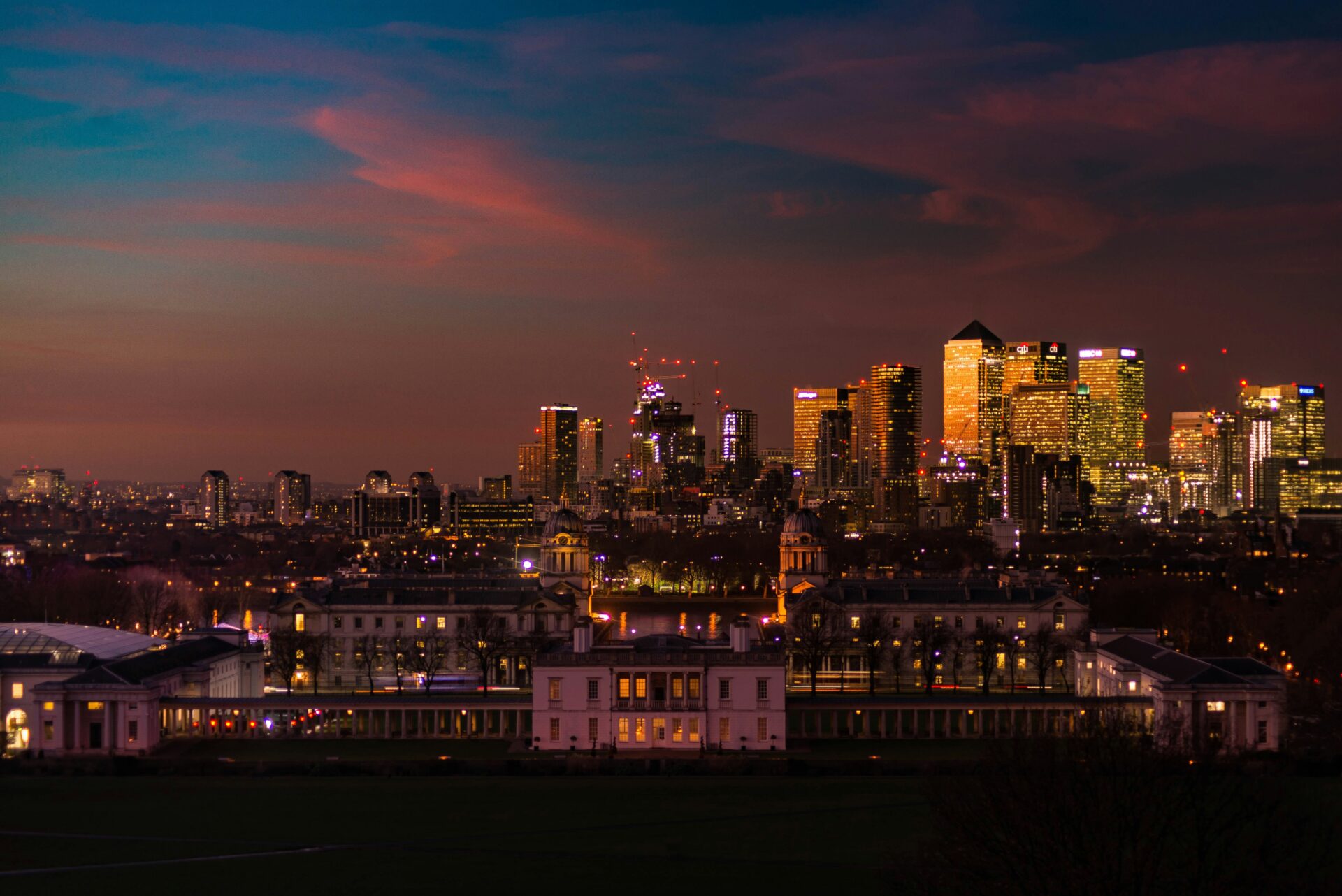
Higher Education and Convention Visits
Nearby universities and conference centers give Greenwich a lively, academic vibe. I noticed students from the University of Greenwich and visitors in town for conventions, which brings a nice mix to the crowd.
During academic terms or big events, the area gets busier. If you’re coming for an open day or convention, plan extra time for walking and sightseeing.
Cafés fill up fast on busy days, so I’d grab a snack before heading into the park. Public transport connects well to campus areas, but buses can run slow when events finish.
Attending a lecture or workshop added something special to my visit. I picked up new bits about science and navigation, which really connects you to Greenwich’s legacy of learning and exploration.
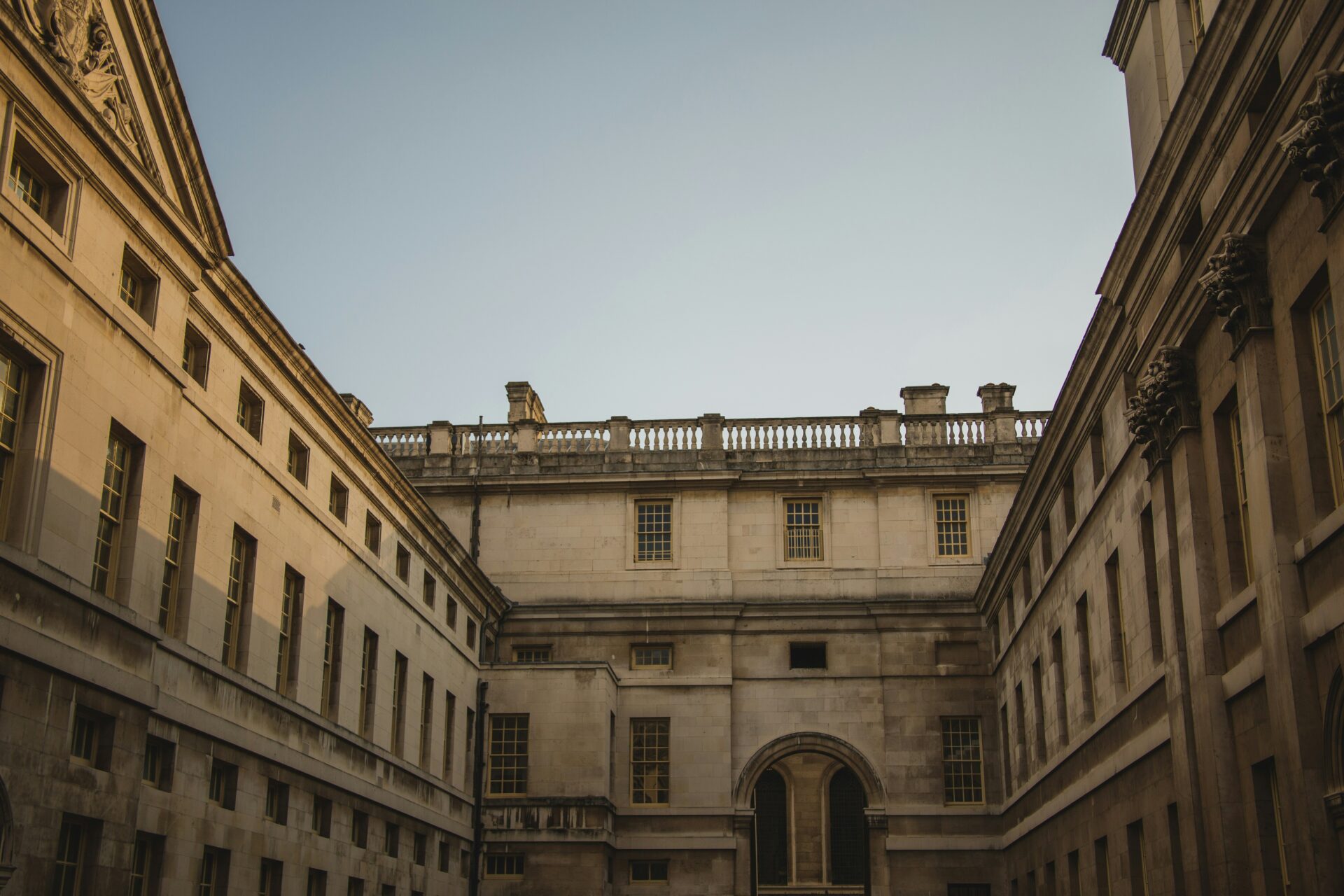
Capturing Chaos and Resolution: Final Travel Insights
Travel throws a mix of chaos and resolution your way. Lines at the Observatory sometimes got out of hand, but I always managed to find quiet corners in shaded gardens or up on those scenic hills.
If the weather turned or a crowd got too much, I’d just change my route. That gave me a fresh look at the city or a new approach to the Prime Meridian.
Packing a compact umbrella? That little move rescued me more than once during sudden showers. While I waited for exhibitions or food, I’d doodle in my journal, sketch, or scroll through the photos I’d just taken.
Honestly, those unpredictable moments were worth it. Calm, clear views over London, memories you can’t plan for, and, who knows, maybe a bit of personal growth along the Prime Meridian.

